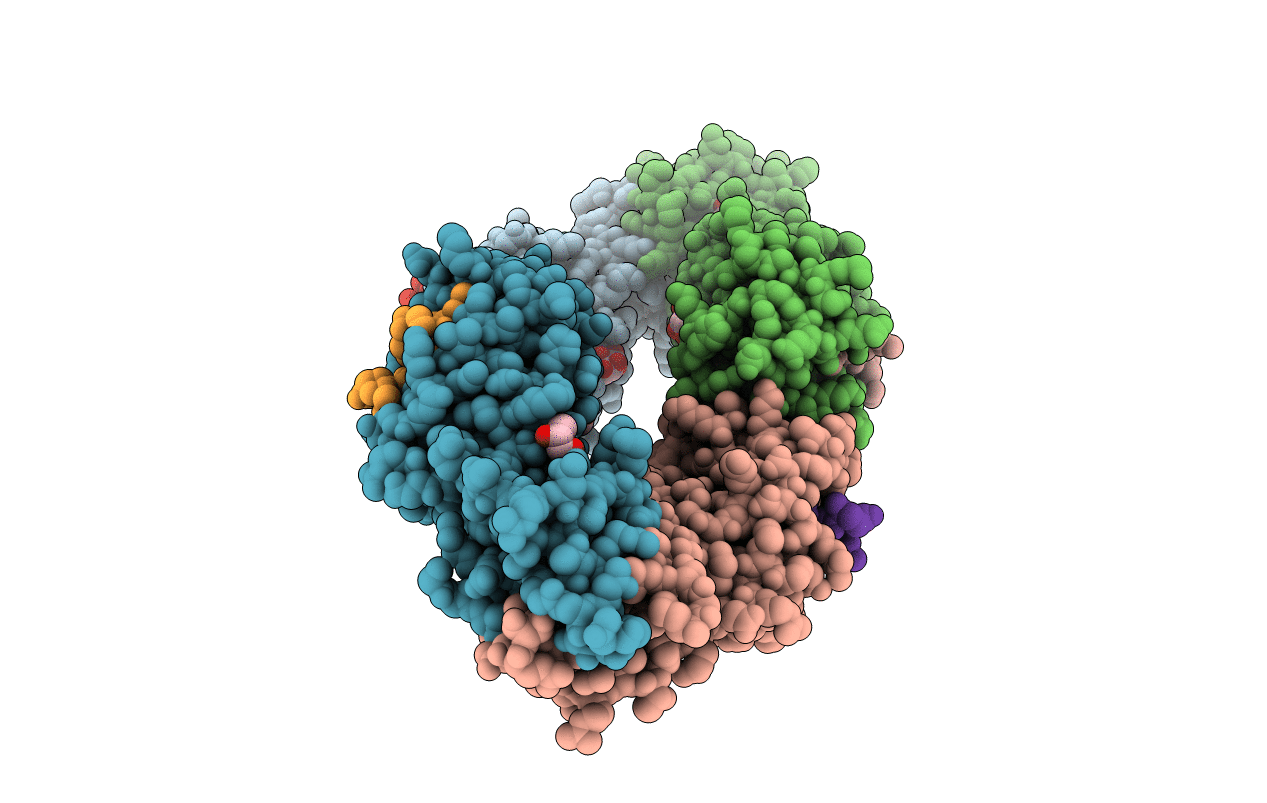
Deposition Date
2017-04-21
Release Date
2017-07-26
Last Version Date
2024-01-17
Entry Detail
PDB ID:
5NQV
Keywords:
Title:
Structure of the Arabidopsis Thaliana TOPLESS N-terminal domain
Biological Source:
Source Organism:
Arabidopsis thaliana (Taxon ID: 3702)
synthetic construct (Taxon ID: 32630)
synthetic construct (Taxon ID: 32630)
Host Organism:
Method Details:
Experimental Method:
Resolution:
1.95 Å
R-Value Free:
0.21
R-Value Work:
0.19
R-Value Observed:
0.19
Space Group:
P 43 21 2


